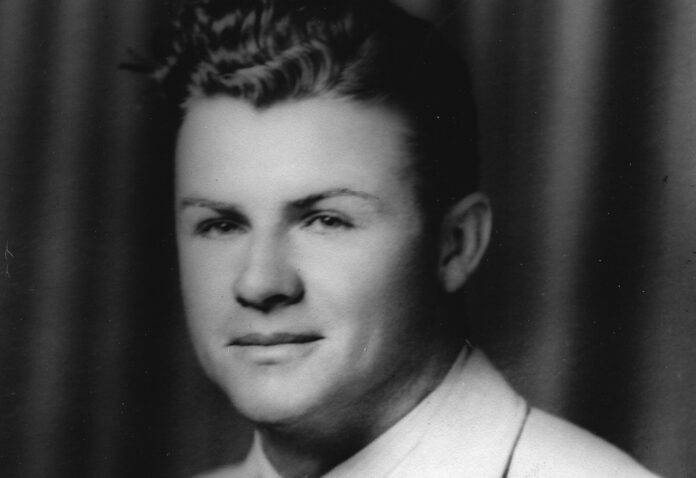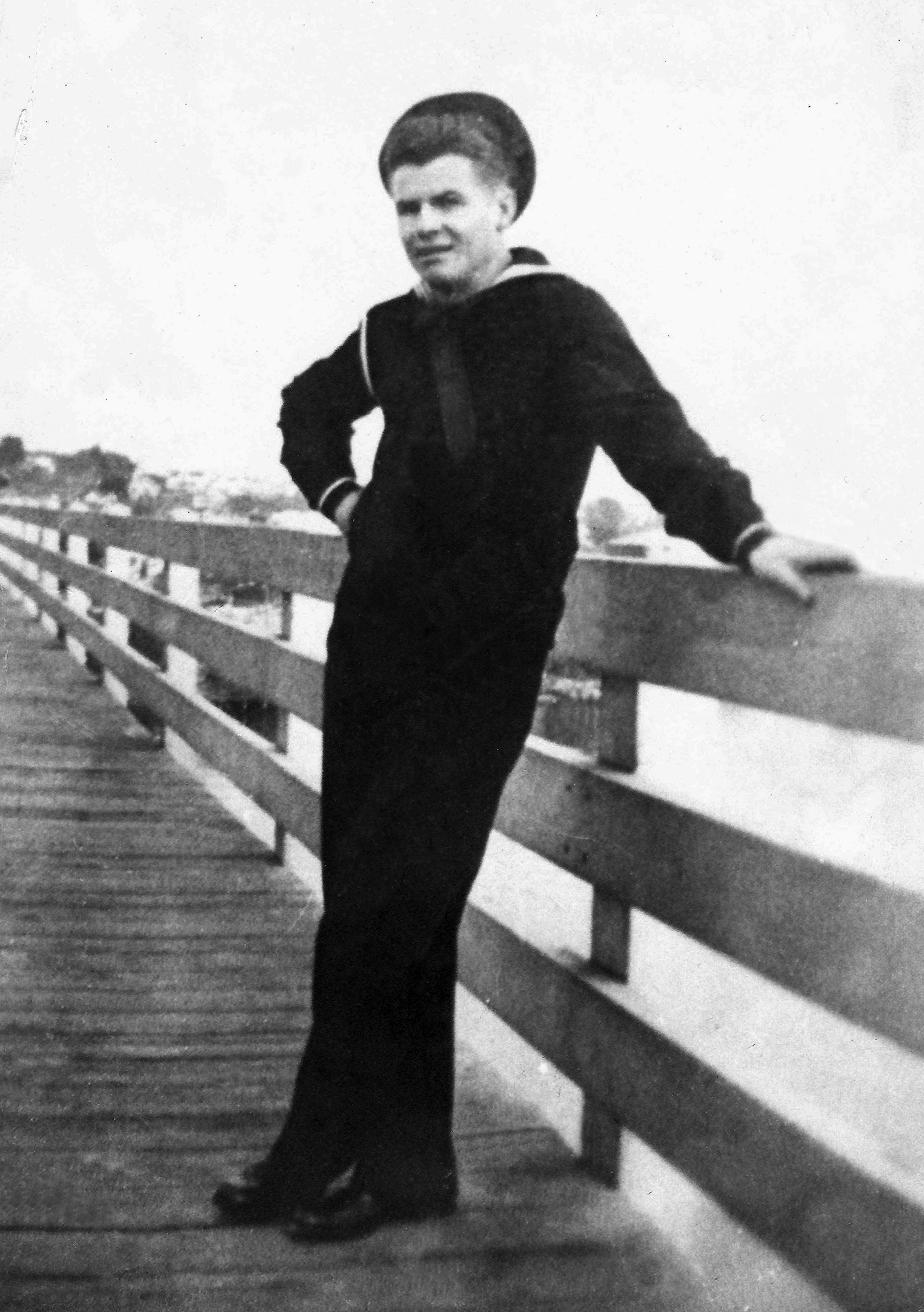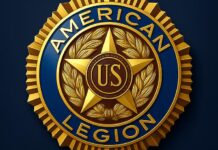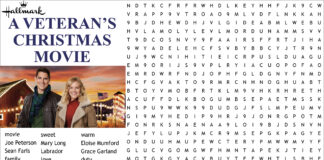
Born Feb. 14, 1914 in Kemp, OK, Aaron Lloyd McMurtrey called Durant his hometown. After enlisting in Dallas Texas on October 5, 1940 McMurtrey was stationed at Naval Training Station San Diego, California. He was then stationed on the USS California (BB 44) in November.
He became a Seaman Apprentice upon enlistment and then was promoted to Seaman 1st class then later 2nd class. His awards and Decorations include: Purple Heart Medal, Combat Action Ribbon, Good Conduct Medal, American Defense Service Medal (Fleet Clasp), American Campaign Medal, Asiatic-Pacific Campaign Medal (Bronze Star) and the World War II Victory Medal. McMurtrey was member of a gun crew.

Seaman 1st Class McMurtrey was lost in the Pearl Harbor attack on December 7th,1941.
The process of identifications for the USS California began with the disinterments of 25 Unknowns associated with the ship between January and March 2018. Given the success of the USS Oklahoma project, Defense POW/MIA Accounting Agency has expanded its work to three other battleships involved in the Dec. 7, 1941 attack on Pearl Harbor: USS West Virginia, USS California, and USS Utah.
There were 103 total casualties from the USS California. At the start of the project, there were 20 unresolved casualties from the ship and 25 associated Unknowns buried at the National Memorial Cemetery of the Pacific (NMCP) in Hawaii. Disinterments were completed in March of 2018, and as of January 2004, there have been five identifications from USS California.
Unresolved Casualties are individual service members known to have died in a particular incident but for whom no remains have been recovered or identified. They might also be regarded as “missing in action” or, more formally, “killed in action, body not recovered.”
The main difference between USS California and USS Oklahoma is that the assemblage of remains from each ship shows different patterns of commingling. The strategies to segregate these commingled remains into distinct individuals are slightly different, even though the underlying scientific techniques we use are the same.
Additionally, in many cases the skeletons from the USS California are more complete than those from the USS Oklahoma are. There are additional and different analyses that are conducted to make sure that all the elements go together and represent a single individual. The largest challenge faced are the unresolved individuals that we don’t have any Family Reference Samples for. Not having that DNA information can make it very difficult to demonstrate conclusively that a given set of remains belongs to a specific individual.














